in march of 2023, CNBM (Chengdu) Optoelectronic Materials Co., Ltd. received the China Industry Award for outstanding achievement in independent innovation of a power generation technology. This technology has the ability to turn a piece of ordinary insulating glass into a conductive material, generating electricity. This pioneering innovation opens a new path for green energy development by enabling power generation from sunlight. Hoy, let ZMS take you on a journey to explore the wonderful world of power generating glass.
Table of Contents
– How Does Glass Generate Electricity?
– Large-Scale Application of Power Generating Glass
– Can You Use Power Generating Glass in Homes??
– New Potential in the Photovoltaic Industry
– Environmental Advantages of Power Generating Glass
– Future of Power Generating Glass
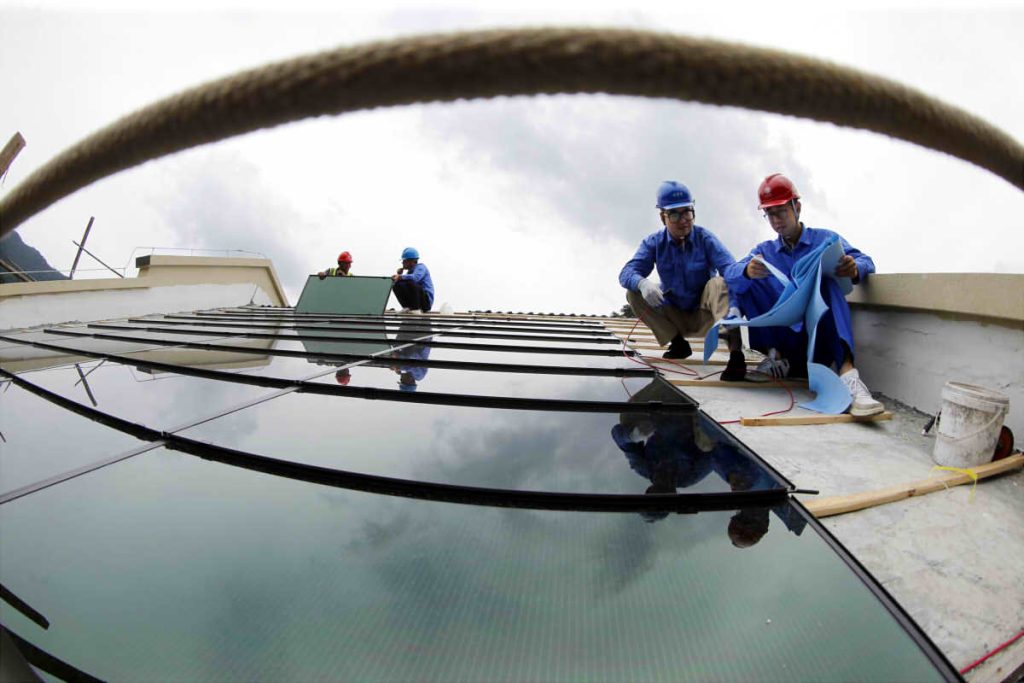
How Does Glass Generate Electricity?
The ability of glass to generate electricity depends primarily on a layer of photovoltaic film of cadmium telluride (CdTe) from 4 micrometers thick placed in the center. CdTe is considered one of the materials with the highest theoretical conversion efficiency.. You can achieve more than 90% visible light absorption with 1 µm de CdTe.
Nevertheless, the photoelectric conversion efficiency of CdTe solar cells in the laboratory was very low and there were no significant advances for a decade, which led the industry to believe that the material had no potential.
Nevertheless, Pan Jingong, the general manager of CNBM, believed this research had significant scientific value. After years of dedicated research, his team successfully overcame a series of challenges, including high-efficiency tellurium purification, preparation of CdTe semiconductor alloys, large-scale production of power generator glass, dynamic coating technology and complete equipment development.

After 8 years of hard work, his team successfully developed CdTe photovoltaic film power-generating glass and increased its photoelectric conversion efficiency from 8,72% initial to 20,24% in the laboratory and 16,18% on the production line.
Besides, the addition of CdTe significantly improves the strength of the glass. And CdTe has a highly stable crystal structure., that can be safely encapsulated within power generating glass for many years.
in august 2017, CNBM successfully produced the world's first large area CdTe power generating glass (1,92 square meter). only that year, the project led by Pan Jingong received orders worth 170 million yuan.
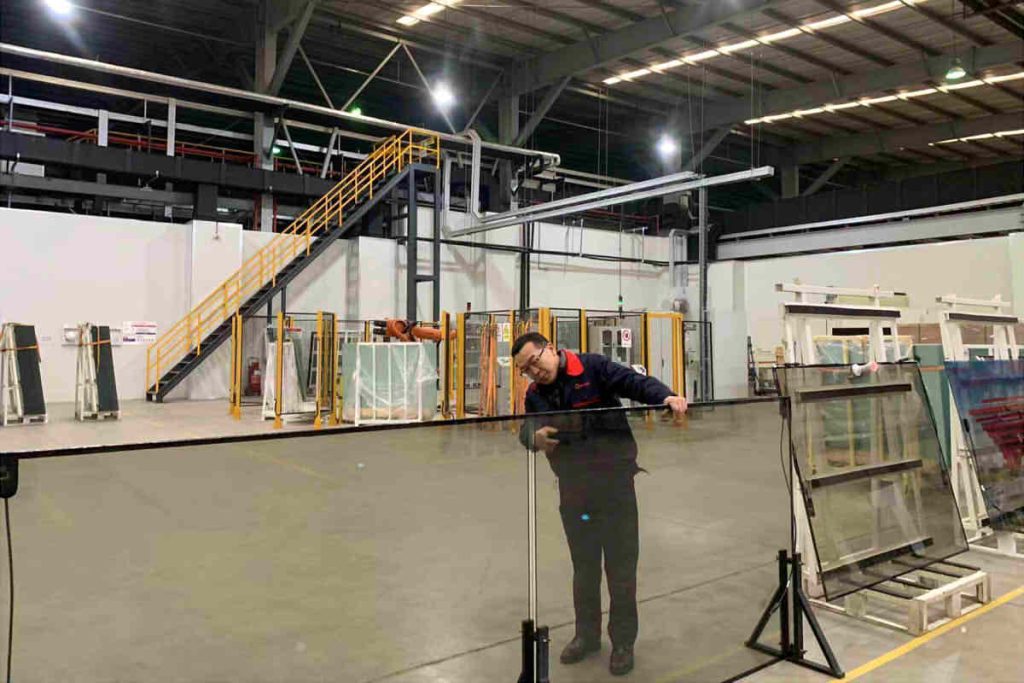
Power Generation Efficiency
It is reported that a piece of power-generating glass of about 2 square meters can generate 270 kWh per year, which is enough to meet the annual electricity demand of a family with only two or three pieces of glass.
Large-Scale Application of Power Generating Glass
The development of thin glass with photovoltaic properties of CdTe has obtained 34 patents. Its products have been widely used in public buildings such as government, schools, hospitals, as well as curtain walls in commercial buildings and factories.
Currently, large-scale power generating glass has been installed at Chengdu Shuangliu International Airport and Chengdu Smart City Center. The installed capacity of the Chengdu Smart City Center alone has reached 240 kW.
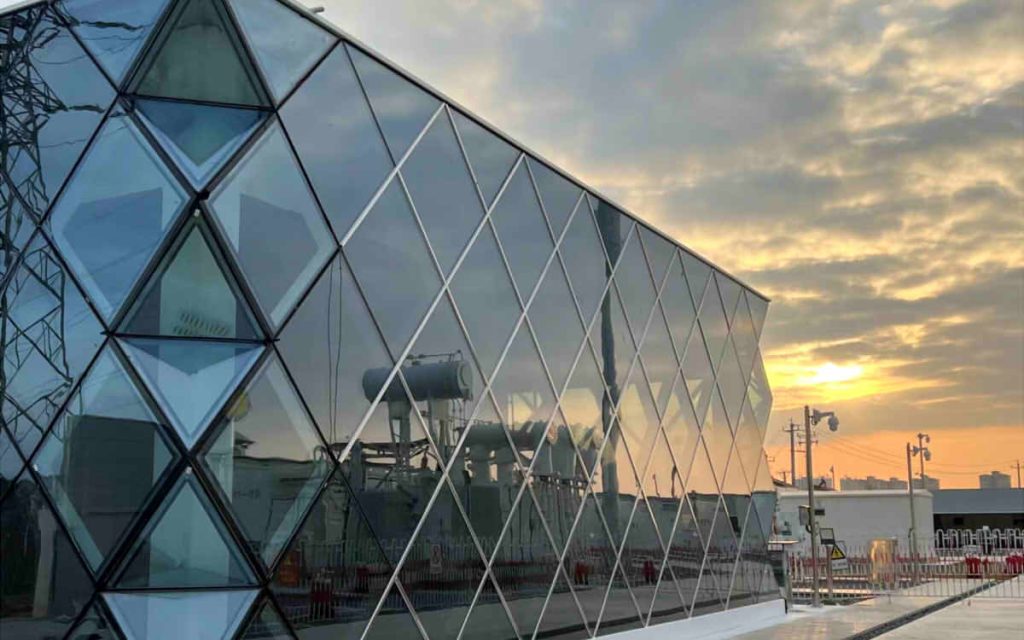
In the building of the Beijing Winter Olympics in 2022, CdTe power generating glass was also applied in the National Speed Skating Pavilion and integrated building construction project (BIPV) of the venues of the Zhangjiakou Winter Olympic Games.
Current Power Generation Efficiency
The Chuan Kai Power Industrial Park factory, en el distrito de Shuangliu, Chengdu, It is equipped with power generation glass. The entire roof of the factory is designed in the shape of zigzag and wave, and power generation glass is used to build the three south facing roofs.
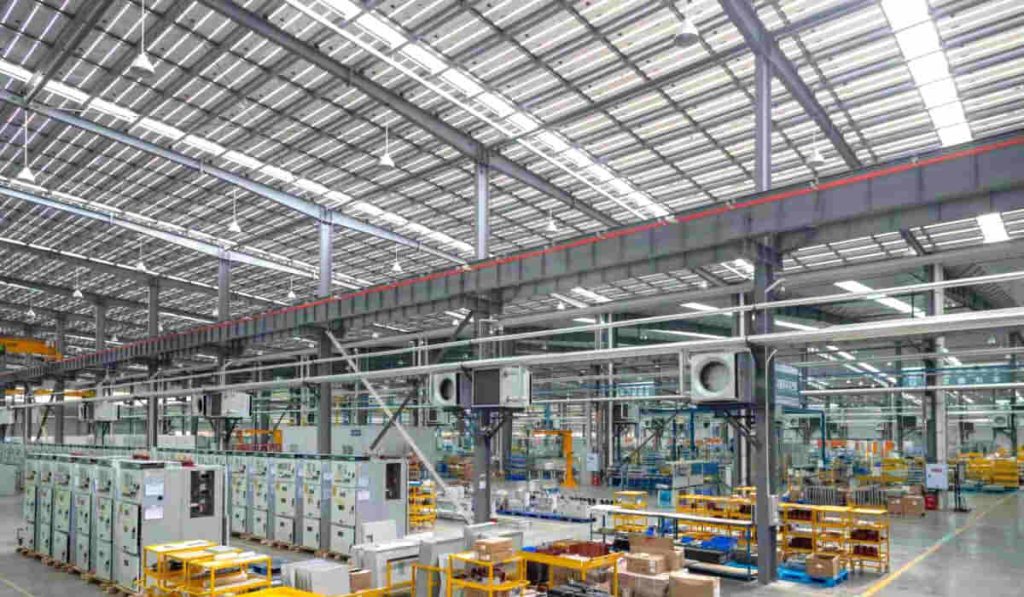
According to the data of the intelligent energy management system, power generation glass begins to generate electricity at 6:40 a.m. and continues to generate electricity until 7:30 p.m. Even in weak sunlight conditions in the morning and at night, can still generate a small amount of electricity.
Según Liu Shixu, dean of Chuan Kai Electric Co. Intelligent Energy Research Institute, Ltd., the park has installed 6.880 power generation glass parts 1,6 meters long and 1,2 meters wide. The total surface area of these glasses is approximately 15.000 square meter, and the maximum power generation reaches 5.555 kWh.
When the park works normally, daily energy consumption is approx. 20.000 a 30.000 kWh. And the daily power generation of power generation glass accounts for the 20% of the park's electricity consumption. According to calculations, the power generation glass in the park can generate 1,4 million kWh of electricity per year, and you can save around 800.000 yuan in electricity bills annually based on the current price of electricity.
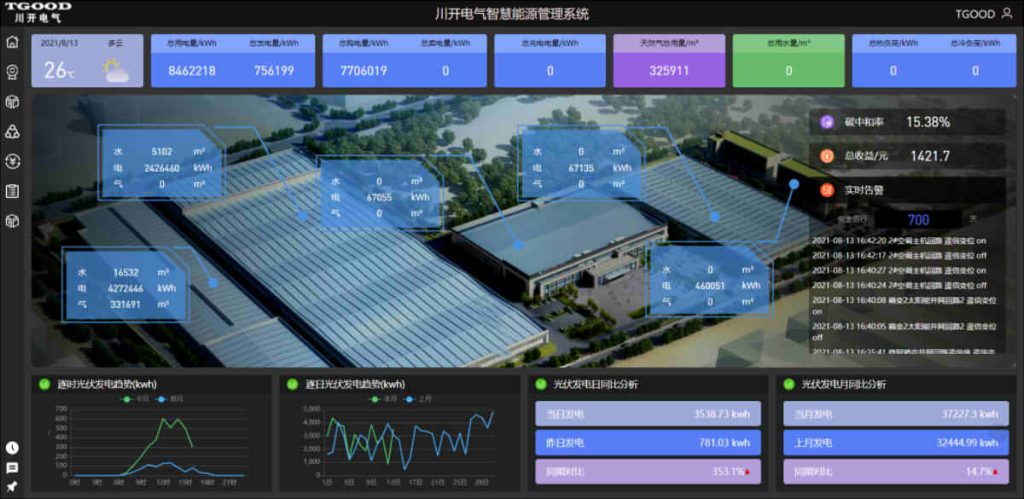
Costs and Benefits
The useful life of power generation glass is estimated to be 30 years, and the cost can be recovered in the first 6 years through power generation. In the following 24 years, not only electricity can be used for free, but also profit can be generated by promoting the connection to the grid of photovoltaic power generation.
Can You Use Power Generating Glass in Homes??
With the rapid development of photovoltaic, the integration of photovoltaics in buildings (BIPV) It has become a highly anticipated field. in the domestic sphere, Tesla has released the Powerwall product, charging electric vehicles via a rooftop solar system. So, Can power generating glass be used in homes?
Precio
From the current situation, the conditions for domestic use of energy-generating glass are already in place, but the cost is a factor that must be considered. Según Pan Jingong, the company's power generating glass costs about 1,000 yuan per square meter. An average home typically requires about 5 square meter, which means it would take about 8-10 years to recover the investment.
Nevertheless, as the CdTe thin-film solar cell industry expands and production technology continues to improve, the cost reduction potential of CdTe components is much greater than that of crystalline silicon components.
Security
In fact, plus cost, there are many other factors to consider. There are many regulations and standards for building construction, but photovoltaic construction is still a relatively new field. Issues like electrical safety, the design of the electrical wiring, maintenance and inspection require continuous research and development.
New Potential in the Photovoltaic Industry
according to reports, The photovoltaic industry is mainly divided into two technological fields: crystalline silicon solar cells and thin film solar cells. Cadmium telluride thin film solar glass is a type of thin film solar cell that is widely used in industry.
Compared to other types of solar cells, CdTe thin film solar glass has lower manufacturing cost and higher conversion efficiency than crystalline silicon, gallium arsenide and other solar cells.
In contrast to the need for large-scale construction sites to photovoltaic solar panels, solar glass can be used more widely in cities.
Besides, CdTe thin film solar modules have good weak light effect. They can generate electricity in weak light environment such as in the morning, afternoon, cloudy and rainy days. Therefore, this type of solar glass is also suitable for areas with few hours of lighting.
Environmental Advantages of Power Generating Glass
Power generating glass has low reflectivity and does not cause light pollution. It can be used not only in large-scale solar power plants, but also as a replacement for traditional building materials in various buildings, providing clean energy from the sun.
Según Pan Jingong, its cadmium telluride is extracted from waste and is a sustainable material. they only need each other 20 grams of cadmium telluride to produce one square meter of power generator glass, which can generate an average of 270 kWh per year for at least 50 years. Besides, for every kilowatt-hour produced, are only issued 11 grams of carbon dioxide.
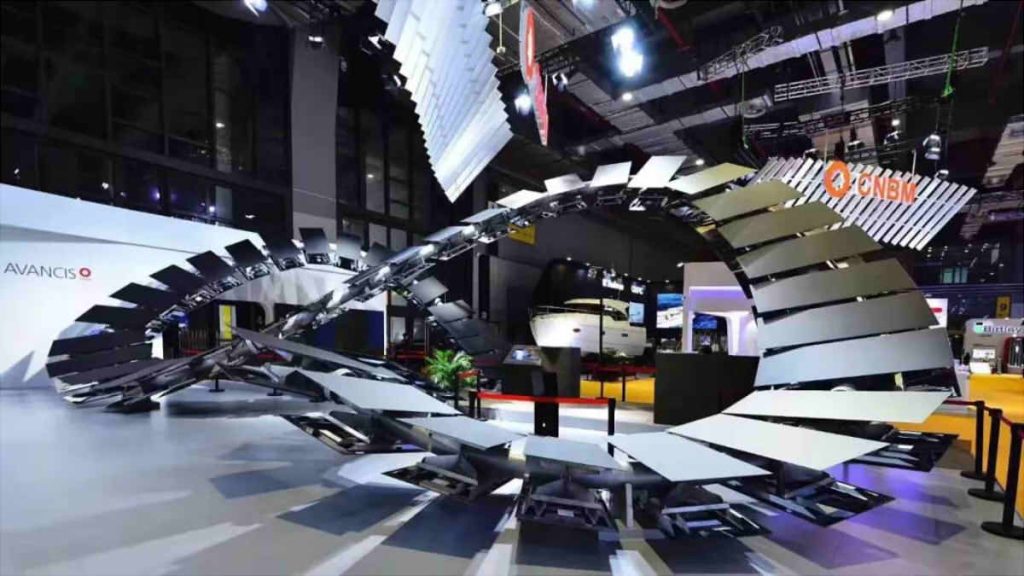
Currently, The annual production capacity of CdTe power generating glass in CNBM is around 100 megawatts. It is estimated that these glasses can generate 113.77 million kWh of electricity per year, saving 39,138 tons of standard coal and reducing carbon dioxide emissions in 118,967 tons per year.
Whether power generating glass is widely used, could significantly reduce our dependence on other non-renewable resources, achieving the goal of environmental protection and carbon reduction. This could be a solid step for humanity in the renewable energy field.
Future of Power Generating Glass
The future of power generating glass looks bright, since it can not only be used in the integration of photovoltaics in buildings (BIPV), but also in more innovative applications. Due to its high load capacity, power generating glass can be placed directly on the surface of roads. Once integrated with mobile charging technology for electric vehicles, It will be possible to enable charging through highways.
Currently, CdTe power generating glass production lines have been put into full-scale commercial operation. As a major emerging force in photovoltaic power generation, The CdTe Power Generating Glass Market Faces Tremendous Development Opportunities.

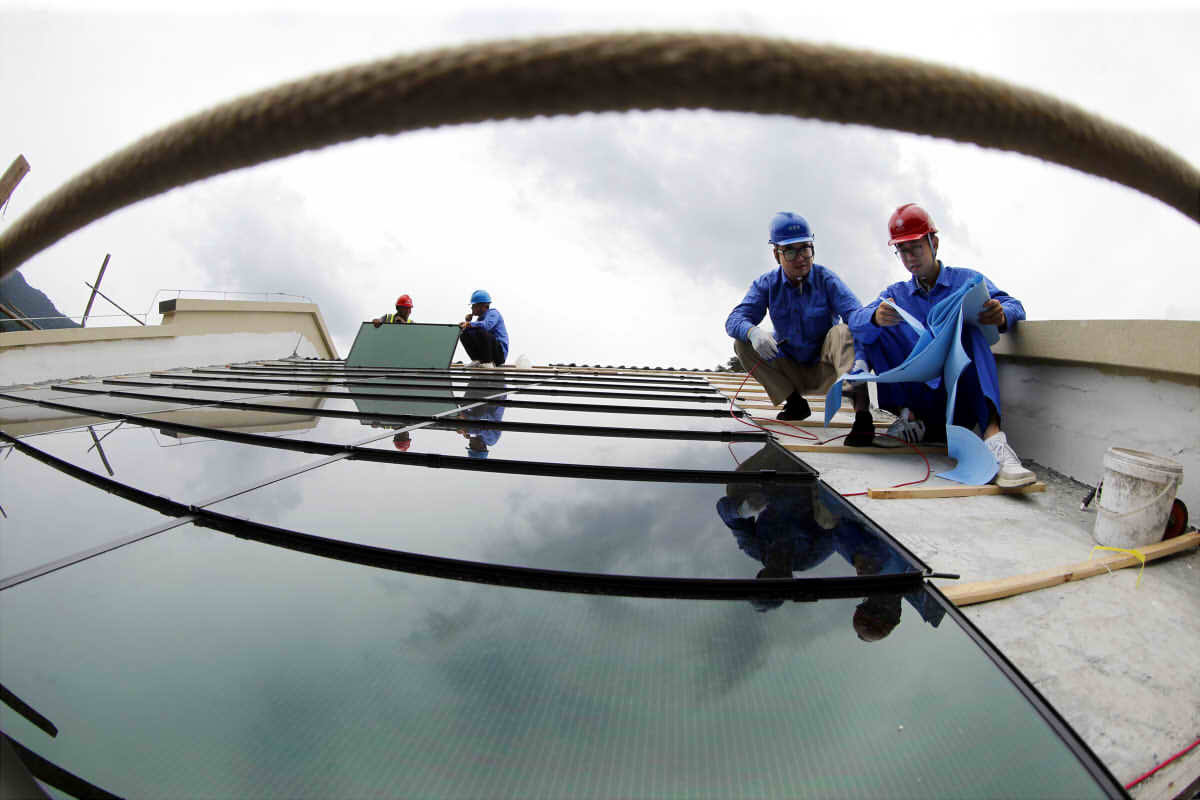
1 thought on “Power Generator Glass: An Emerging Force in Green Technology”
Comments are closed.